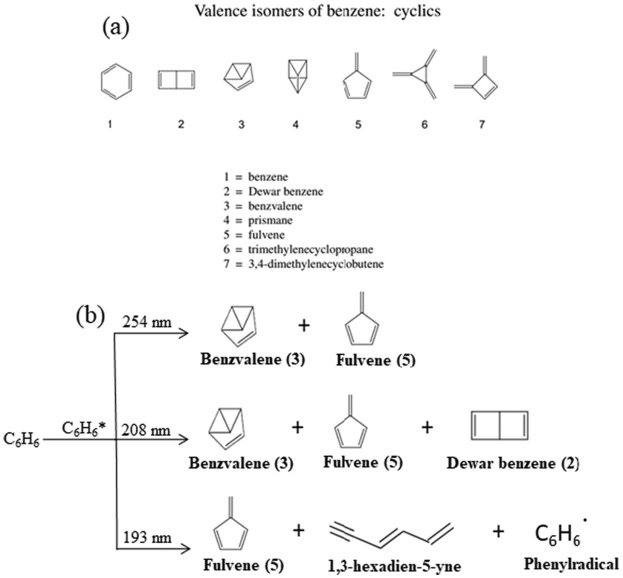
Researchers in India have accomplished a pioneering achievement by creating an entirely boron-based analogue of benzene, demonstrating a planar six-membered boron ring stabilized by a singular osmium pentamethylcyclopentadienyl complex. Typically, the electron deficiency of boron drives it towards forming three-dimensional polyhedral structures instead of chains and rings. In 2019, a group in the US presented the first boron analogue of a metallabenzene, which consists of a six-membered ring incorporating five boron atoms, one rhenium atom, and an additional boron atom positioned at the center. Despite attempts over the past three decades to stabilize planar rings of three to five boron atoms using main group or transition metal fragments, the creation of genuinely planar six-membered boron rings has proven to be notably difficult, frequently necessitating heavy stabilization involving multiple metals or bulky ligands.
In a recent investigation, Sundargopal Ghosh from the Indian Institute of Technology Madras, together with Eluvathingal Jemmis from the Indian Institute of Science Bangalore, have effectively synthesized the metallocene [Cp*Os(η⁶-B₆H₁₁)] through the pyrolysis of [BH₃·SMe₂] with [Cp*OsBr₂]₂. Computational analyses and bonding studies indicate that the B₆H₁₁⁻ ring of this metallocene is isoelectronic with the benzenyl cation radical [C₆H₆]⁺, showcasing aromatic characteristics that resonate with benzene in sandwich complexes.
Additionally, the research revealed two smaller all-boron rings, [Cp*Os(η⁵-B₅H₁₂)] and [Cp*Os(η⁴-B₄H₉)], recognized as intermediates during the reaction. These groundbreaking discoveries pave the way for new opportunities in organometallic chemistry, potentially ushering in innovative catalysts and advanced electronic materials.